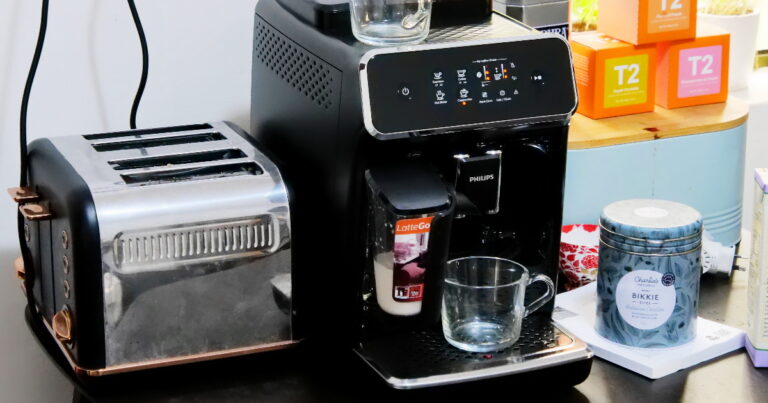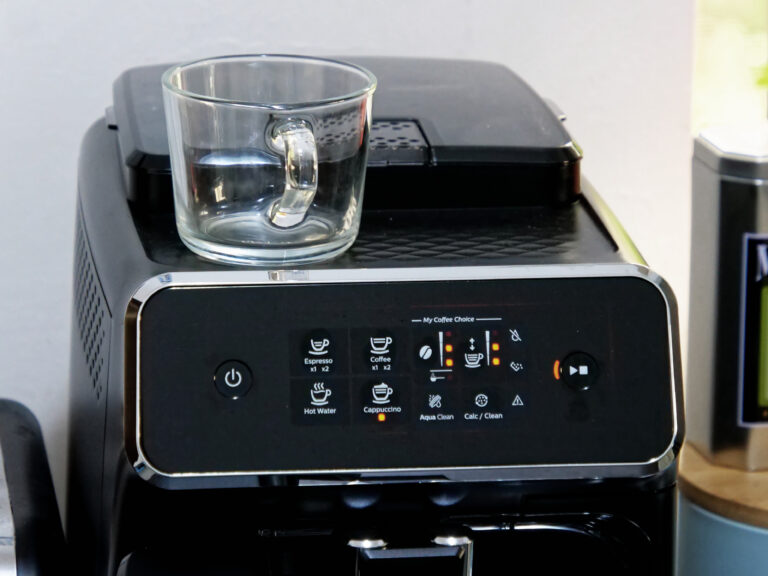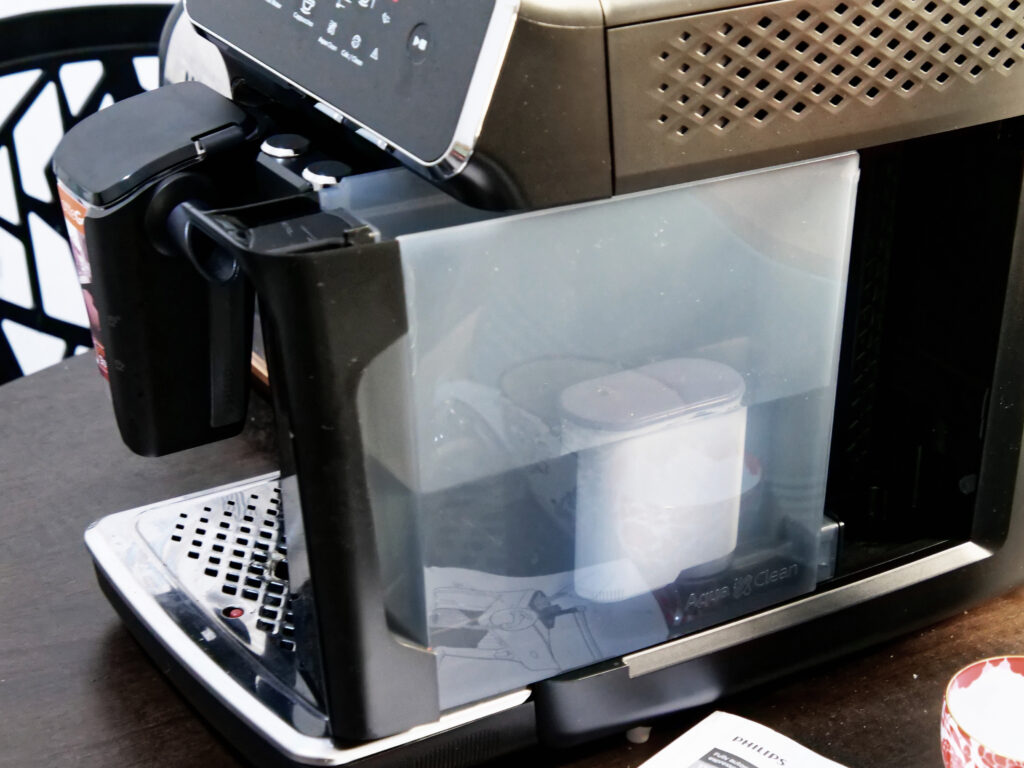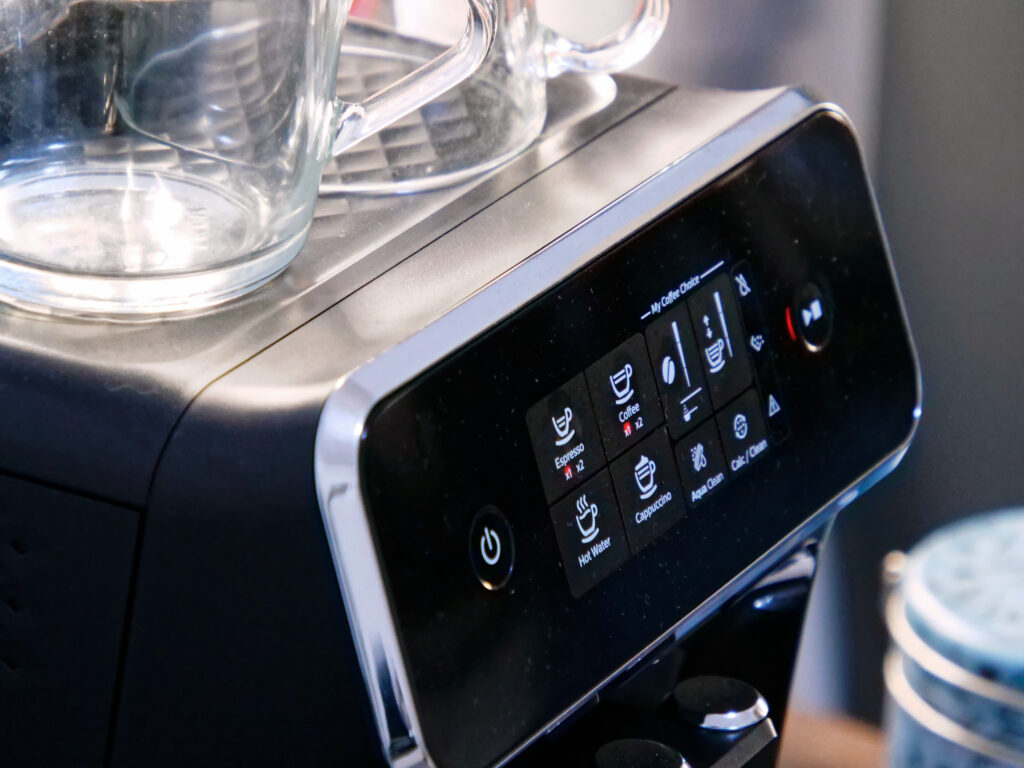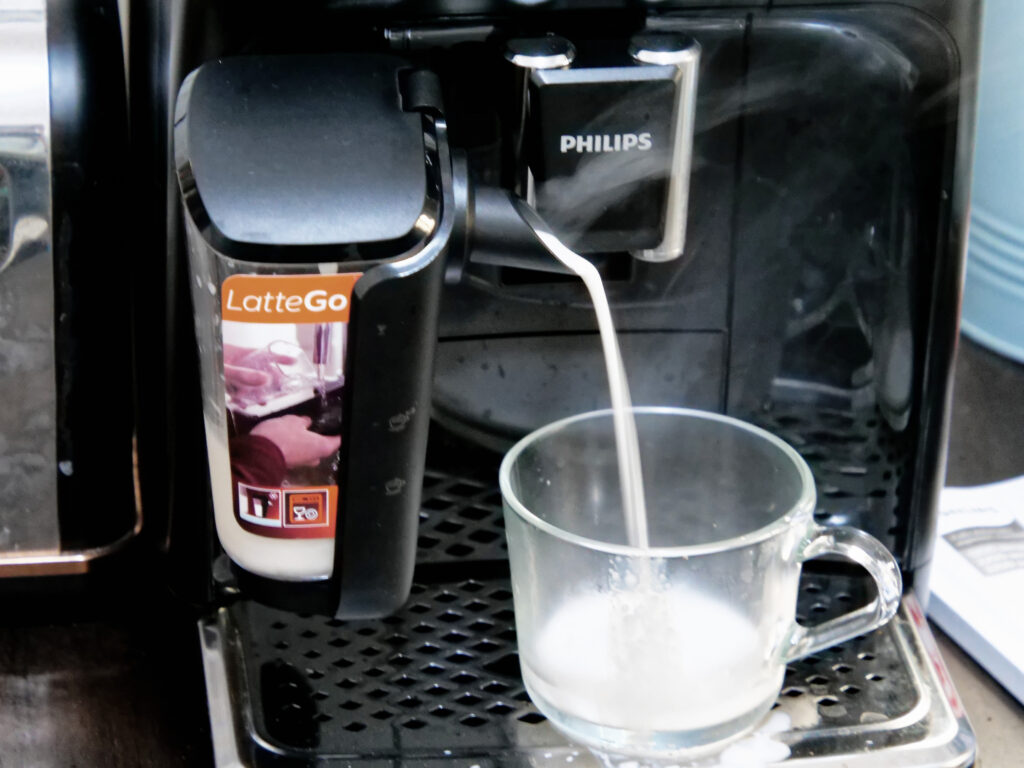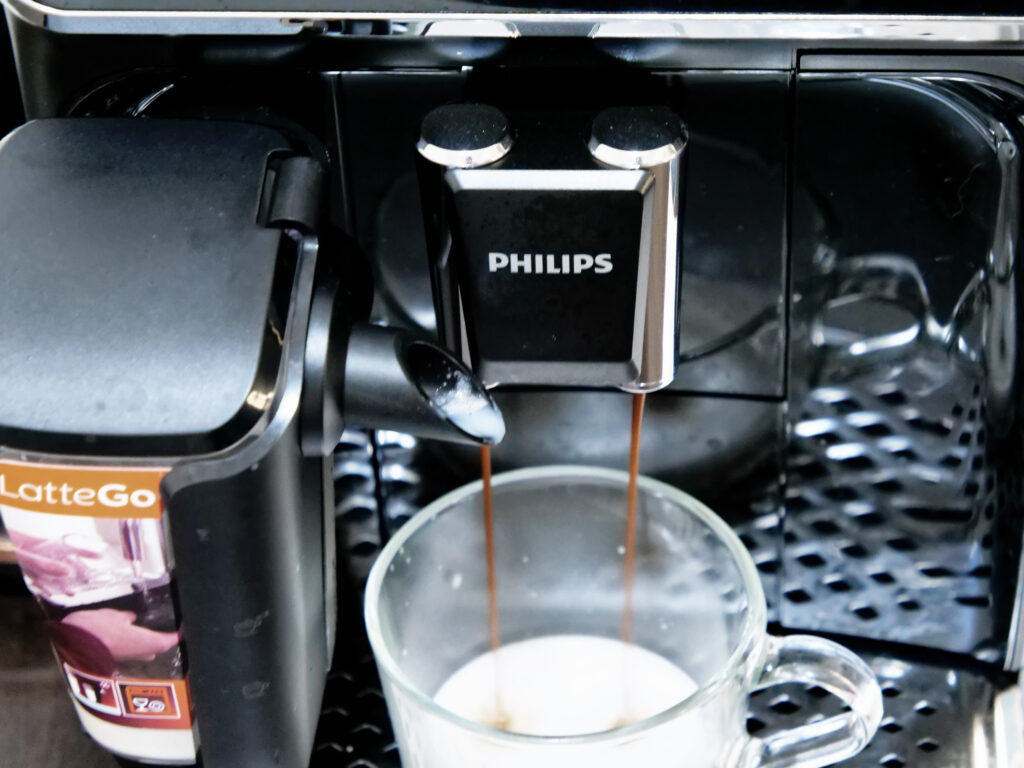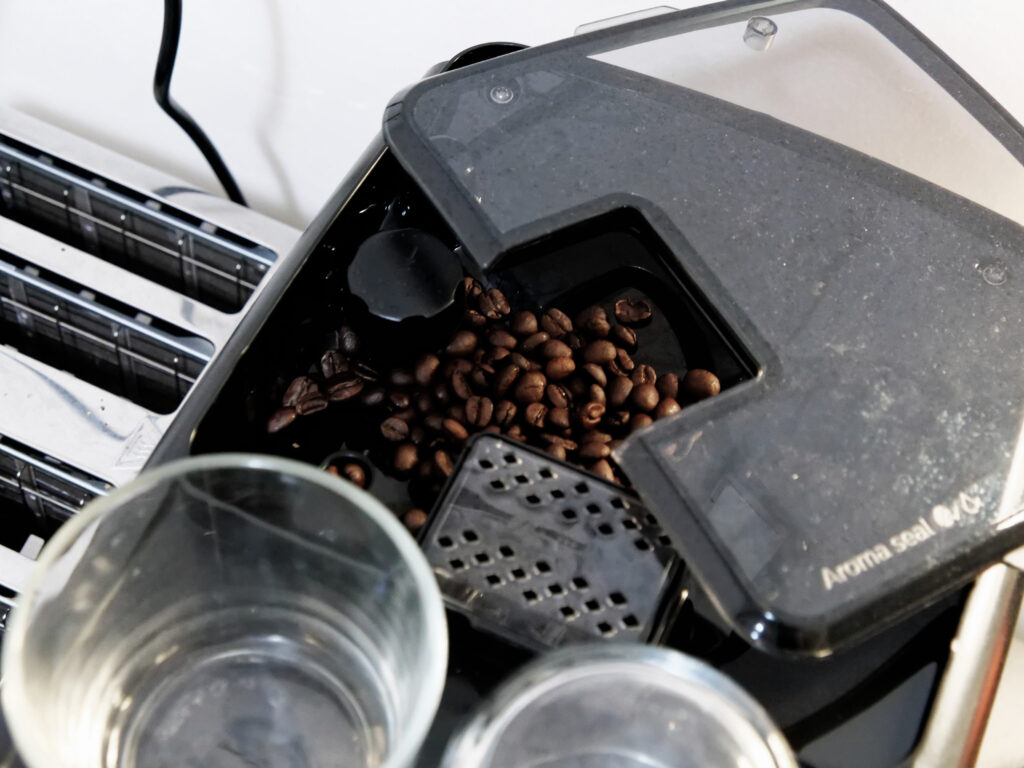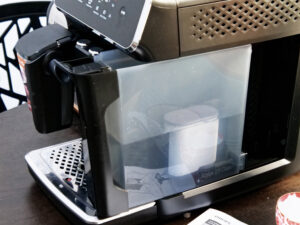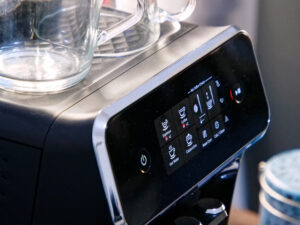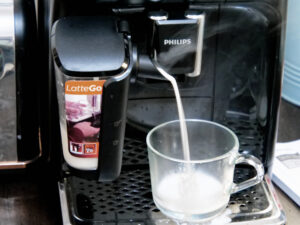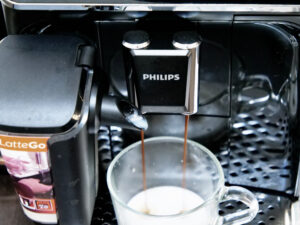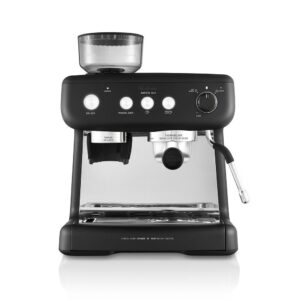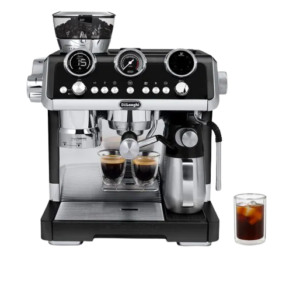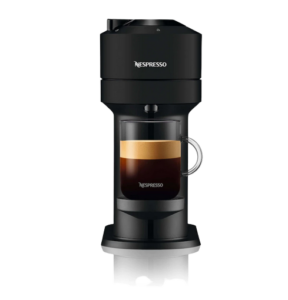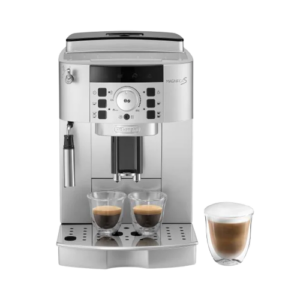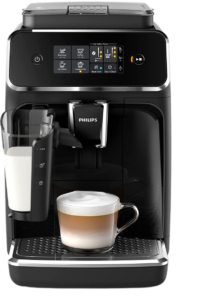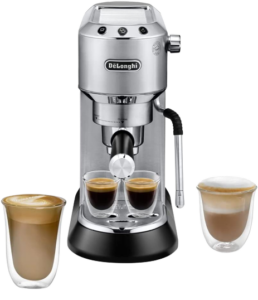Optus Mobile Review ALDI Mobile Review Amaysim Mobile Review Belong Mobile Review Circles.Life Review Vodafone Mobile Review Woolworths Mobile Review Felix Mobile Review Best iPhone Plans Best Family Mobile Plans Best Budget Smartphones Best Prepaid Plans Best SIM-Only Plans Best Plans For Kids And Teens Best Cheap Mobile Plans Telstra vs Optus Mobile Optus NBN Review Belong NBN Review Vodafone NBN Review Superloop NBN Review Aussie BB NBN Review iiNet NBN Review MyRepublic NBN Review TPG NBN Review Best NBN Satellite Plans Best NBN Alternatives Best NBN Providers Best Home Wireless Plans What is a Good NBN Speed? Test NBN Speed How to speed up your internet Optus vs Telstra Broadband ExpressVPN Review CyberGhost VPN Review NordVPN Review PureVPN Review Norton Secure VPN Review IPVanish VPN Review Windscribe VPN Review Hotspot Shield VPN Review Best cheap VPN services Best VPN for streaming Best VPNs for gaming What is a VPN? VPNs for ad-blocking The top-half of the front-facing side of the Series 2200 is adorned with a dozen or so touch sensitive buttons that cover (almost) everything you’ll ever need when it comes to using the machine on a daily basis. These controls are complemented by the split spout from which the bean juice will inevitably flow and a mount that integrates with the LatteGo attachment that comes included in the box. The overarching aesthetics here are curvy, glossy, and inconspicuous. Compared to something like the Sunbeam Barista Max, the Philips Series 2200 comes across as a bit more professional. That’s not to say a splash of practicality isn’t in the mix here. A transparent panel on the top of the Philips Series 2200 houses an air-sealed bean hopper while a segment on the right-hand side houses the water tank. Thanks to the semi-transparent material involved in both cases, it’s easy to tell at a glance whether you need to top up the reservoir or the machine’s supply of beans. In the case of the former, doing this is as simple as sliding the water tank forwards and outwards. The latter is even more straightforward. The button layout on the Series 2200 covers the three beverages that this particular coffee machine is prepared to brew at an instant’s notice (espresso, coffee and cappuccino), plus a few modifiers that allow you to refine the strength and water volume involved. If there’s an issue at any stage of the process, a red light will activate on the part of this button layout that corresponds to the source of the issue, which is a helpful touch that aid with any unexpected troubleshooting. One of the big selling points for this coffee machine over the other options is the promise of the Philips’ Aroma Extract system. This feature allows the Series 2200 to deliver better results by regulating and maintaining a water temperature of between 90°C and 98°C. The sweet spot for coffee is said to sit around 94°C or so, so the Aroma Extract system essentially promises to help deliver more consistent results than a competing machine without the feature might. It’s a blunt force approach to eke an edge over the competition, but if you care enough about the temperature that you’re brewing at, you’ll likely appreciate the inclusion. Whipping up a quick cuppa is fast and easy from start to finish. You power on the machine, give it a minute to execute its automatic cleaning routine, then select your caffeinated beverage of choice, lock in your water and strength settings and let things run. When you’re done, the machine will wait a minute before cleaning itself. Philips’ LatteGo system, which is a fancy way of describing the optional accessory that comes with the Series 2200, is an admittedly-nifty inclusion here. It saves you the trouble of buying a discrete milk frother or steamer, helping sell the Series 2200 as an all-in-one solution for those who care enough about their coffee to want to invest in easy access to it but don’t necessarily want to go quite that far down the rabbit-hole. Unfortunately, the LatteGo milk steamer is significantly louder than the rest of the machine. Churning out a quick espresso in the early hours of the morning using the Philips Series 2200 without waking up my partner was a distinct possibility. However, if I wanted that beverage to involve milk, the chances they’d sleep through the sounds emitted by the optional frothing kit here slimmed significantly. The spout on the LatteGo also feels slightly misaligned with the espresso pumps. This often resulted in a lot of accidental mess, since most glasses, cups and mugs required very specific placement to reliably receive both milk and espresso from the Series 2200 without any spillage. These hardware quirks aside, it feels weird that Philips don’t allow you to just activate and steam milk using the accessory on command. The only way I could find to make it go was to brew a cappuccino. That’s not to say you couldn’t use this setup to make something like a latte or a flat white, but it feels like a very convoluted pathway to sipping on a latte or flat white. Still, the inclusion of automatic cleaning here does add something to the experience that I don’t think you get from a machine that’s more hobby-grade. Likewise, and even if there’s a little more long-term maintenance involved with this machine over something like the Nespresso Vertuo Next, the overall experience offered by the Philips Series 2200 LatteGo feels more frictionless than pod coffee. In some respects, it’s the best of both worlds. That said, if you’re happy to spend more for easy access to something a little closer in the brew of your local barista and willing to sacrifice both the variety offered by pod machine systems, then this is a great option. The Philips Series 2200 provides consistent results and buffers the wider experience of coffee machine ownership out through smart design details and the ability to hone in on your desired level of brew strength. The table below breaks down how the Philips Series 2200 LatteGo compares to a few of the other coffee machines we’ve reviewed. Even if there are clear differences between home espresso machines like this one and cheaper pod-based options, those differences can be bridged by a thorough assessment of how successful both approaches when it comes to solving the problem of delivering the quality homemade coffee possible with as little effort as possible. For a full breakdown of our approach to reviewing coffee machines, visit this page.
